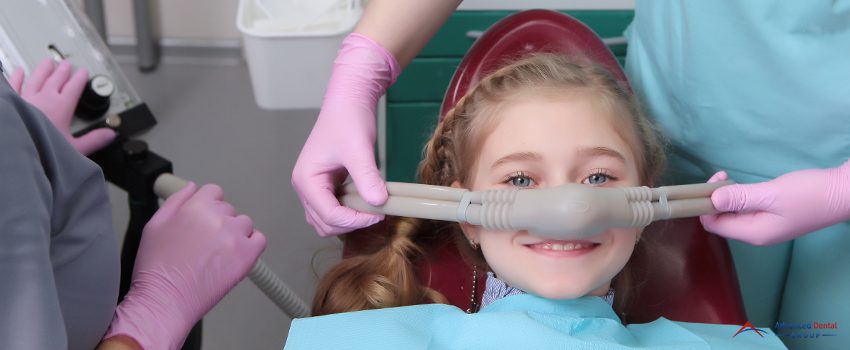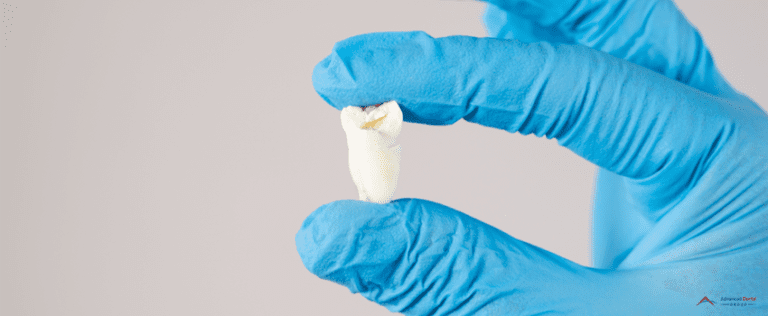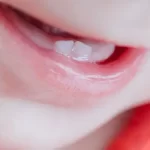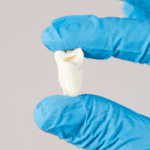Going to the dentist is a grueling experience for certain kids, especially if a dental procedure needs to be done on them. Major dental procedures often require the use of anesthesia and, at times, sedation. Deciding between anesthesia vs sedation for your child may be overwhelming or confusing. So we give you here everything you need to know about the two.
In children’s dentistry, the conversation about anesthesia vs sedation always rises. Parents often get alarmed or confused whenever talks of sedation vs anesthesia come up. If you are among the group of parents, who are confused about the difference between the two and whether or not sedation for children’s dental work is necessary, this article is for you.
Sedation vs Anesthesia
In children’s dentistry, tooth decay is quite a common problem. Usually, when parents fail to monitor a child’s sugar intake and do not encourage proper dental hygiene, a series of dental issues arise, which may require tooth extraction. Here is where the argument regarding anesthesia vs sedation comes to:
The terms anesthesia vs sedation are often used interchangeably. However, the two are entirely different from each other.
In simpler terms, anesthesia is the use of medication to encourage numbness during dental procedures. Meanwhile, sedation is a type or level of anesthesia. Sedation is done as a last resort if a patient is too anxious or too overwhelmed before a dental procedure. There are several levels of anesthesia, and it is important to take note of them to be aware the next time your child needs a procedure done:
1. General Anesthesia
General Anesthesia (GA) refers to the medicine that a doctor gives for a patient to feel no pain during a procedure.
Under general anesthesia, a patient can become unconscious, and most bodily functions slow down.
2. Nitrous Oxide
This type of anesthetic is non-invasive, meaning a dentist does not need to use an intravenous for it to enter the body.
Nitrous oxide is also known as the laughing gas, and dentists administer the intake for children with a little oxygen. The effect of nitrous oxide is immediate relaxation and light-headedness.
The use of nitrous oxide is limited only to a specific amount, and only dental professionals are allowed to administer the application of this chemical.
3. Mild Sedation
Similar to general anesthesia, mild sedation is administered through a combination of medication to relax a child.
Mild sedation is mostly used for older children and adolescents. While they can stay awake for most of the procedure, they can be forgetful afterward. There are also instances when a child can function and respond to instructions while under mild sedation but won’t be able to remember the series of events that happened after the medication wears off.
4. Moderate Sedation
Similar to mild sedation, moderate sedation is given to older children and adolescents. When under moderate sedation, children become sleepy but can still function. Under moderate sedation, most children cannot remember anything about a procedure.
5. Deep Sedation
When children are put under deep sedation, they will automatically be asleep throughout the whole procedure. Even though a child under deep sedation can still move and make little noises, they need help breathing on their own. This is why when deep sedation is necessary, a professional anesthesiologist should also be present to monitor the heart rate, heart rhythm, blood pressure, and breathing during the duration of the procedure.
Deep sedation vs general anesthesia is practically the same thing because deep sedation is one of the end goals of GA.
Are Anesthetics Safe For Kids?
There have been quite a few issues over the past years regarding the use of anesthesia or sedation in children. These issues led to questioning authorities on the safety of anesthesia use on children. The direct answer to this is yes. Anesthesia is safe for kids, and dentists and anesthesiologists would assert that. When done correctly, the risks of having side effects are rare.
To respond to the recent issues regarding anesthesia usage, the American Association for Pediatric Dentistry released a new guideline that strictly addresses the right amount of medications to use for sedation and general anesthesia in children.
More importantly, when administering anesthetics to children, a set of professionals must accompany a dentist to monitor and ensure that the young patient is safe.
Here is the list of professionals that should be present when sedation is necessary:
1. Pediatric Dentist
This dental professional is trained to specifically take care of children’s teeth. A pediatric dentist can do cleaning, tooth extraction, and surgery for children and prescribe medications. Consult a pediatric dentist if you want to understand how sedation vs general anesthesia works for children.
2. Anesthesiologist
In providing anesthesia and administering sedation, an anesthesiologist must always be present. As mentioned, an anesthesiologist handles the monitoring of the amount of medication that will be given to a patient as well as monitoring the heart rate and breathing during a procedure.
3. Dental Sedation Assistant
A dental sedation assistant helps the anesthesiologist in administering general anesthesia or sedation to patients. People who are interested in becoming a dental sedation assistant often take certifications, but the requirements differ per state.
General Anesthesia vs Sedation
More often than not, general anesthesia for kids dental work is not necessary. Dentists can use mild medication for children to help calm their nerves and, with the help of the patients’ parents, create a relaxed environment throughout the procedure.
With reports of the dire side effects from anesthetics, it is quite understandable why parents tend to be anxious and unsure about general anesthesia for kids dental work. However, anesthesia is necessary for certain dental procedures. What parents can do is understand specific terminologies and consult a medical professional in children’s dentistry to know everything about sedation and general anesthesia.
To differentiate sedation from anesthesia, sedation is the end goal of general anesthesia. This can greatly help dentists perform the task swiftly, especially when a child is extra skittish about visiting the dentist.
Sedation for children’s dental work can be the last option when doing a dental procedure. It is understandable for children to be overwhelmed and afraid, and it is equally normal for parents to be anxious regarding the number of anesthetics given to their children.
Sedation for children’s dental work is often the last option. When children are too anxious and become violent, it may be necessary for them to undergo sedation. However, pediatric professionals argue that there are better practices to make a child relax.
Pediatric dentists often help parents in calming down children before a dental procedure. Here are some ways a pediatric dentist calms down anxious young patients.
1. Creates a Calm Environment
For children to lessen their worry during a visit to the dentist, they have to be met with a calm environment. It is important that a child feels safe upon entering the clinic.
Most clinics that deal with dentistry for kids furnish an entire building with toys and children’s stuff such as books, interactive learning materials, and have walls that are painted with cartoon characters.
The bright imagery and the child-friendly furnishing can distract children and remove the anxiety they were previously experiencing.
2. Uses Kid-Friendly Language
When children don’t understand an environment, they become understandably scared. It is important for pediatric dentists and everyone in a clinic to be mindful and sensitive toward children.
Using kid-friendly languages can help soothe an anxious child’s emotions. Explaining each tool in a kid-friendly language can help a child relax and enjoy the procedure.
A kid-friendly conversation can eradicate the initial fear within children and may encourage them to visit the dentist regularly.
3. Gives Clear Explanations
As mentioned, children often get scared if they do not know what is going to happen. In terms of medical procedures, children tend to relax when they know what a medical professional will do.
A pediatric dentist must also be a good communicator and explain the procedure in the simplest terms possible for a child to understand.
Positive reinforcement can also help greatly when combined with clear explanations. This will give a child something to look forward to and create an overall pleasant experience.
Advanced Dental Group Handles Dentistry For Kids
When your kid starts to exhibit dental problems such as tooth decay, consult a dentist immediately to prevent any problem from worsening.
If you’re looking for dentists in Bradenton, FL, you’ll find Advanced Dental Group. With us, you’ll be able to connect with a wide group of professionals that specialize in dentistry for kids.
Our pediatric dentists can explain the difference between general anesthesia vs sedation and how effective general anesthesia for kids dental work can be.
The next time you are in need of help regarding dentistry for your child, call Advanced Dental Group. Whether you need services for a simple procedure like teeth cleaning, dental fillings, or something more serious like teeth extraction, the dentists at Advanced Dental Group can help you.





